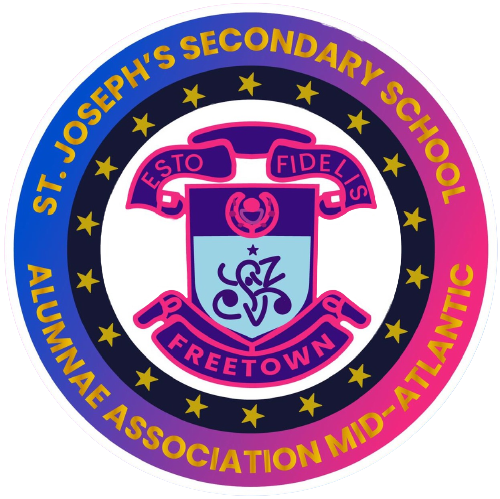School History
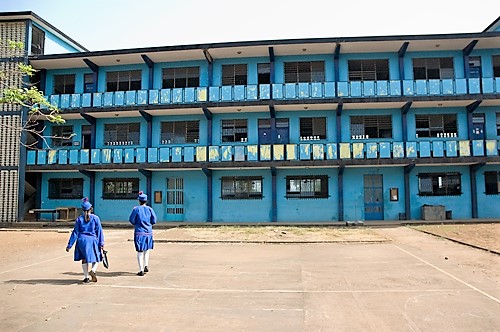
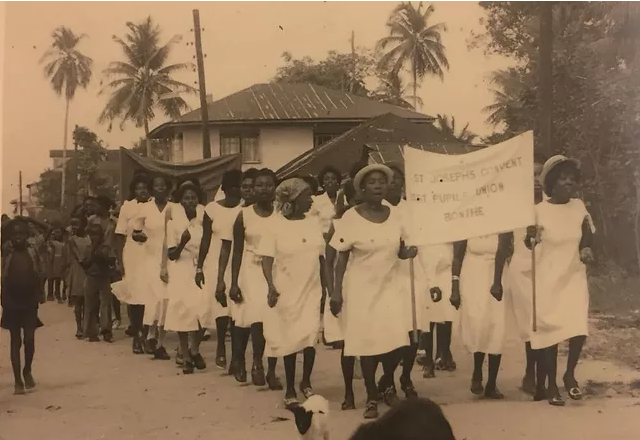
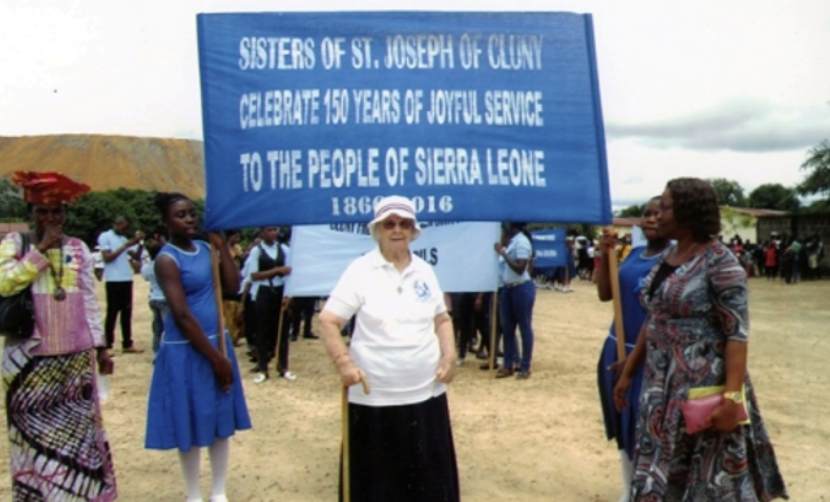
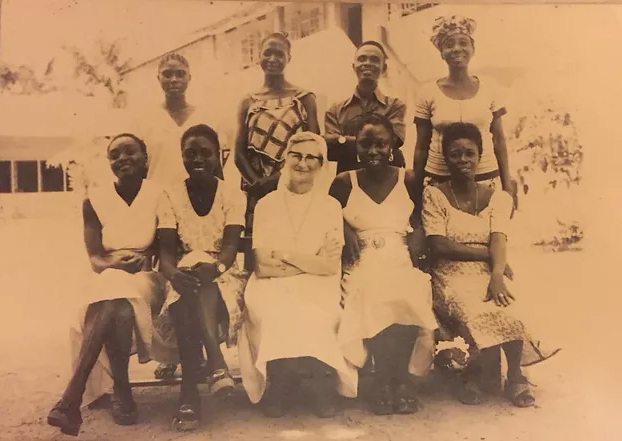
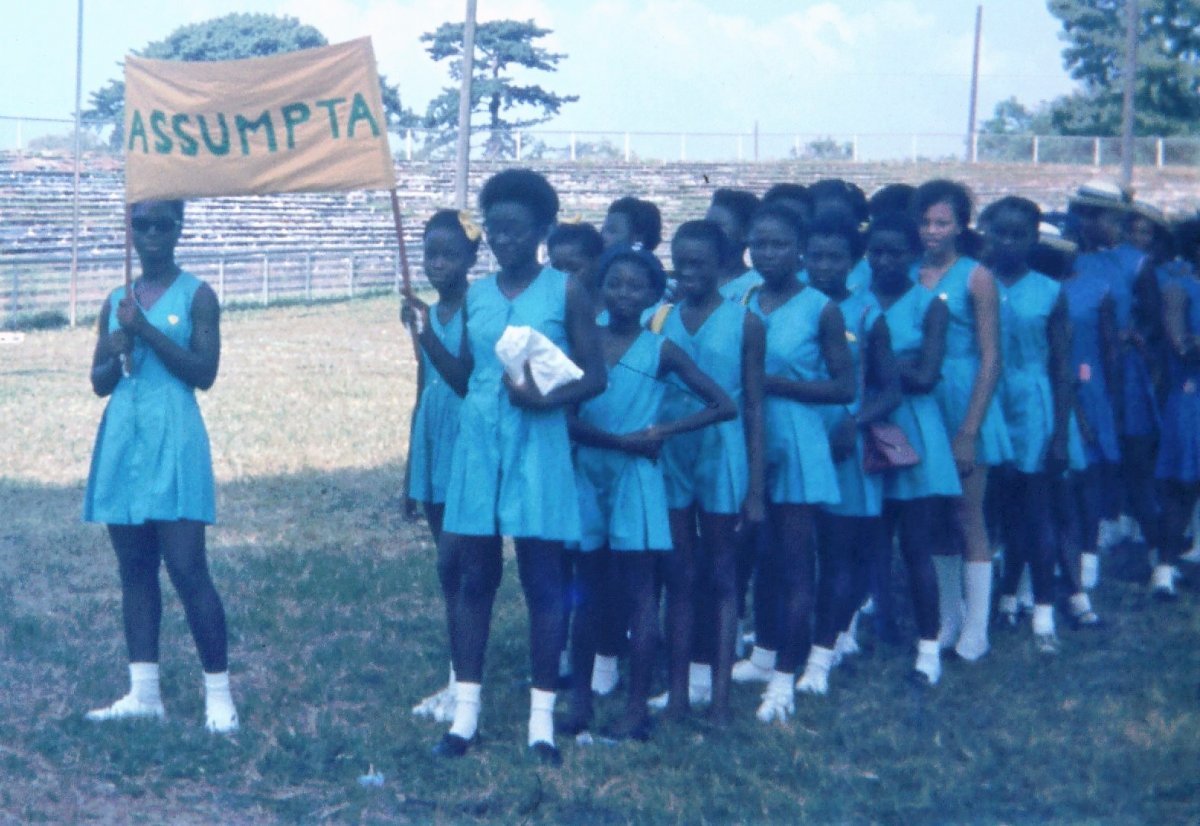
A historical timeline of the formation of the St. Joseph’s Secondary School, Freetown, Sierra Leone
After the American Revolution the English Government purchased from native chiefs a tract of land some twenty miles square, and established a colony for negroes discharged from the army and navy, and for liberated or runaway slaves who had sought refuge in England. In 1787 about 400 negroes settled there and founded Freetown. In 1808 it became a crown colony, and is so still. It has a completely-developed system of government.
Protestantism had exclusive control in the colony until Catholicism appeared in 1864. Amongst many sects Wesleyans predominate, though Anglicans are numerous. All are strongly organized. In the surrounding territory the aborigines are pagans. Mohammedanism is spreading and becoming a dangerous enemy to Catholicism.
The history of West-African Catholic missions begins in 1843 with the foundation of the Vicariate Apostolic of the Two Guineas by Bishop Barron of Philadelphia with the Holy Ghost Fathers. This vicariate, which after Bishop Barron's departure in 1845 was completely entrusted to these fathers, was divided in 1858, and a special vicariate comprising Sierra Leone, Liberia, and French Guinea was confided to Bishop Bresillac, founder of the African Fathers of Lyons.
He with his companions died two months after reaching Freetown, and the vicariate was given back to the Holy Ghost Fathers. At the earnest request of the Propaganda Fathers Blanchet and Koeberle, C.S.Sp., began work in 1864. The French Guinea mission was begun in 1876 from Freetown, and fostered until its erection into a prefecture m 1897.
The Liberian mission was undertaken by Fathers Lorber and Bourzeix, C.S.Sp., in 1884, but because of opposition they withdrew in 1888 and confined their efforts to Sierra Leone. Liberia was erected into a prefecture in 1903 and given to the Fathers of Mary. The present Vicariate of Sierra Leone was administered by the Holy Ghost Congregation since 1864, Fathers Blanchet and Brown having the title of pro-vicar Apostolic.
After Father Brown's death in 1903, Rt. Rev. John A. O'Gorman of the American province of the congregation was named vicar Apostolic, and consecrated at Philadelphia. Despite the difficulty of climate and religious opposition the vicariate has prospered. At Father Brown's death there were five missions; since Bishop O'Gorman's consecration six new ones have been added, making eleven in all.
There are twenty-eight missionaries, six from the American province. Connected with each mission is a school, and with it a workshop, farm, or plantation. Thus with religious and secular instruction the boys receive a practical training. A high school for boys was built at Freetown in 1911.
There are four schools, one high school, and one orphanage for girls, in care of the Sisters of St. Joseph of Cluny. The Venerable Mother Javouhey, their foundress, labored here herself in 1822. Since 1866 her daughters have been in continuous charge. With religious and secular education they teach cooking, sewing, and laundering.
MOCKLER FERRYMAN, British West Africa, its Rise and Progress (London, 1900); STANLEY AND OTHERS, Africa, Its Partition and Its Future (New York, 1898); BLANCHET, Histoire de la mission de Sierra Leone, 1864-1892 (op. inedit.); Bulletin officiel of the Congregation of the Holy Ghost (Paris, 1863-1911); CROOKS, A Short History of Sierra Leone (Dublin 1900).
JOSEPH BYRNE

1866
Saint Joseph's was established in 1866 by the Sisters of St. Joseph de Cluny. The venerable Mother Anne Marie Javouhey was born in France and was the founder of the Catholic Order of St. Joseph's de Cluny in Chamblanc, France.
She travelled to French Guinea and Senegal to establish a mission presence, and she focused on improving the hospitals. The Governor of British West Africa to come to Sierra Leone to establish the excellent social service systems for which she had become renowned in France and beyond. Due to a yellow fever epidemic in the area, she focused her efforts on tending to the sick and injured. She died in 1851 and was beatified on October 15, 1950.
Many years after the death of Ann-Marie Javouhey, the Sisters of the Order of St. Joseph's of Cluny arrived in Sierra Leone. They were Roman Catholic nuns from Italy, Ireland, and France. They opened a day and boarding school for primary school girls at Howe Street, in the central part of Freetown, on December 8, 1866, named St. Joseph's Convent. The school provided much-needed, quality education for girls in Sierra Leone. This institution developed into what is now known as SJSS. SJSS ranks among SL’s top five secondary schools in terms of academic and sports achievements.

1927 thru 1965
By the early 1900s, the school gained secondary school status. In 1927, "Convent," as the school is affectionately known, gradually changed to a grammar school and sent its first candidate to the Senior Cambridge Score Certificate Exam. Around 1929, the Sisters of St. Joseph's of Cluny founded two schools for girls outside of Freetown. The schools were St. Joseph's Convent Bonthe and St. Joseph's Convent Moyamba. A fourth St. Joseph's Convent was founded in Makeni in 1962.
The current school buildings at Brookfields in Freetown were officially opened in February 1965 by the then Prime Minister of Sierra Leone, Sir Albert Margai. The first Sierra Leonean principal, Miss Florence Dillsworth, affectionately known as "Dilly," was appointed in 1973. She succeeded Sister Teresa MeKeon, the last nun to serve as principal of the school.

1991
Formed in 1991, the Saint Joseph’s Secondary School (SJSS), Freetown brass band is one of the oldest female brass bands in Sierra Leone. The school band is the most remarkable in the country’s history of school brass band music. It provides a seamless blend of classical and pop culture entertainment. With the top notch music education provided to the girls, the band has won many accolades and awards and is fondly referred to as the ‘The Champion’.

Howe Street, Freetown
St. Joseph's Primary School
Saint Joseph's Primary School is an all-girls primary (elementary) school currently located at Howe Street in Freetown, Sierra Leone. Typically, it enrolls girls from ages 3 to 12. It was founded in 1866 by the Roman catholic nunsfrom Italy, Ireland, and France. It was originally established as two sister schools - St. Mary's Primary School and St. Anne's Primary School. In 1985, St. Mary's and St. Anne's were amalgamated to form St. Joseph's. The school is currently situated at Howe Street, in the same compound that used to house its secondary school, now known as St. Joseph's Convent in Freetown. Its brother school is St. Edward's Primary School.
It is the oldest girls' primary school in the country and one of the oldest elementary schools in Africa,
Past School Head Masters
Mrs. Gilpin
The School is divided into several houses, named after the original houses of its predecessor schools, St. Mary's and St. Anne's.
1, Martha - [Red] 2, Column - [Blue] 3, Patricks - [Green] 4, Leo - [Yellow] 5, St. Joseph's - [Pink] 6, Theresa - [Brown] 7, Our Lady - [White]
